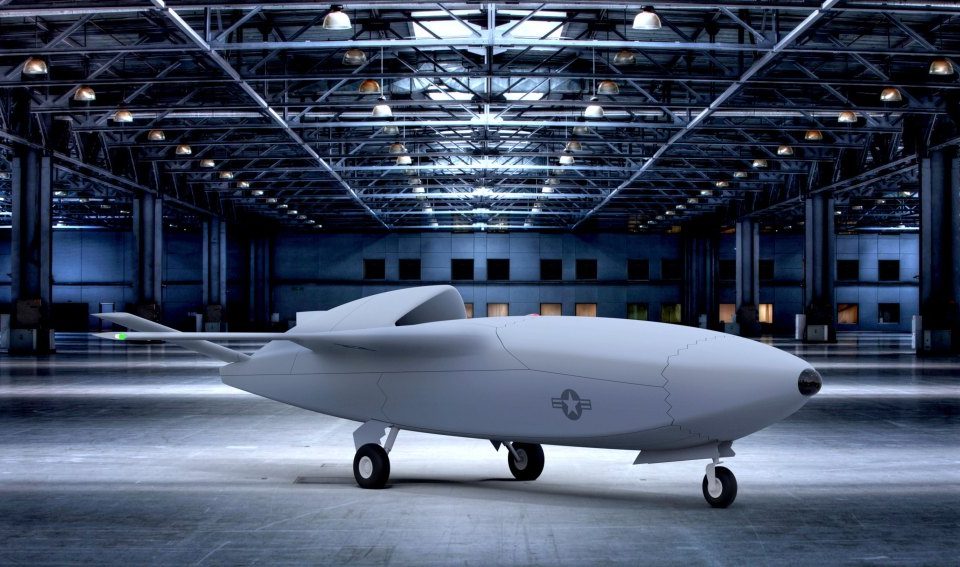The US plans vast fleet of AI-powered drones and autonomous systems to counter China

The United States remains the world’s leading military and technological power. Nevertheless, China is rapidly closing the gap in some key areas, most notably in the areas of artificial intelligence and semiconductors.
With the US military and technological edge over China continuing to shrink, particularly in the areas of artificial intelligence and hypersonics, now the US government is considering the development of a vast network of Artificial Intelligence-powered technology, drones, and autonomous systems within the next two years to counter threats from China, the Wall Street Journal reported on Wednesday.
The Journal reported that the US Department of Defense (DOJ) is seeking “an array of air-, land- and sea-based autonomous systems to keep pace with adversaries,” including China. The report further stated that Kathleen Hicks, the Deputy Secretary of Defense, is scheduled to outline in a speech on Wednesday a range of air, land, and sea capabilities that the Pentagon is aiming to advance.
Among these initiatives, the Pentagon intends to harness artificial intelligence for autonomous systems, enabling them to identify and engage hostile targets. This effort may encompass the deployment of self-piloting drones operating both in the air and at sea.
The news comes just a few days after China’s tech giant unveiled its new 5G chip-powered Mate 60 Pro phone developed by China’s largest chip maker, Semiconductor Manufacturing International Corporation (SMIC). Calling it a “blow to US sanctions,” Bloomberg reported that Huawei’s Mate 60 Pro is powered by SMIC’s 7nm chips, based on an analysis that TechInsights conducted for Bloomberg News.
In January, the U.S. Navy tested unmanned surface vessels (USVs) paired with artificial intelligence to see “from seabed to space.” The US Navy has been testing unmanned boat drones with artificial intelligence in Bahrain since early 2022. The drones, which are called Saildrone Explorers, are about 23 feet long and 16 feet tall. They are powered by wind and solar energy, and they can operate for up to 120 days without refueling.
The Saildrone Explorers were equipped with a variety of sensors, including cameras, radar, and sonar. They can be used for a variety of missions, such as maritime surveillance, mine detection, and environmental monitoring.
The testing of the Saildrone Explorers in Bahrain is part of a broader trend of the US Navy increasing its reliance on unmanned systems. The Navy is also developing other types of unmanned systems, such as unmanned aerial vehicles (UAVs) and unmanned underwater vehicles (UUVs).
The use of these unmanned systems by the US Navy is a response to the increasing complexity and challenges of modern warfare. Unmanned systems offer a number of advantages over manned systems, such as lower cost, reduced risk to personnel, and the ability to operate in dangerous or hazardous environments.




